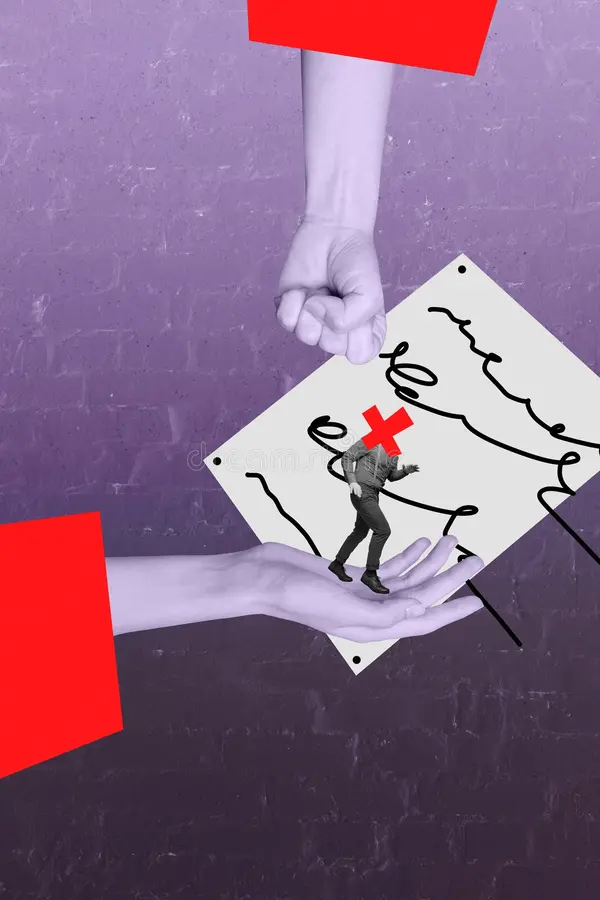Adult Bullying Resources
What You Can Actually Do
When you’re an adult being bullied, the harsh reality is that there aren’t many clear protections. Kids have laws, reporting systems, and mandatory policies in schools. Adults? We’re often left with HR departments that don’t act, laws that only apply if the bullying falls under discrimination, and silence that works in the bully’s favor.
But that doesn’t mean you’re powerless.
What I’ve learned, through my own experience, is that there are steps you can take to protect yourself, document what’s happening, and push for accountability. This page isn’t theory. It’s practical. It’s what you can actually do when you feel like no one is listening.

Understanding the legal landscape
Here’s the hard truth: there are no federal laws in the U.S. that specifically prohibit adult bullying.
That means if you’re being bullied at work, in your community, or in another adult setting, there isn’t a law you can point to that simply says, “bullying is illegal.”
Instead, the legal system only steps in when the bullying overlaps with existing civil rights or employment laws.
Federal Laws That May Apply
Title VII of the Civil Rights Act of 1964
Covers harassment or discrimination based on race, color, religion, sex, or national origin.
👉 Example: If a coworker repeatedly mocks your religion or makes sexist remarks, this could fall under Title VII.
Americans with Disabilities Act (ADA)
Protects individuals with physical or mental disabilities from harassment or discrimination.
👉 Example: A manager who targets you because of your disability, mocks accommodations, or creates a hostile environment may violate the ADA.
Age Discrimination in Employment Act (ADEA)
Protects workers aged 40 and over from harassment or discrimination due to age.
👉 Example: Persistent jokes about your age or exclusion from opportunities because you’re “too old.”
What’s Not Covered
General bullying behaviors like exclusion, intimidation, gossip, micromanaging, or social isolation (unless tied to one of the categories above) aren’t legally protected. Many victims of adult bullying fall through this gap, left with no clear legal recourse.
Why This Matters
This legal gap is why so many adults feel silenced. Unless bullying qualifies as harassment or discrimination, most employers aren’t legally required to stop it. Instead, you’re left relying on HR policies, internal reporting systems, or state-specific protections (if they exist).
Steps You Can Take if You’re an Adult Facing Bullying
The first thing you should do if you’re facing bullying as an adult is start keeping records. Don’t rely on memory — write it down.
- Keep a detailed log of every incident: dates, times, who was involved, what was said or done, and if there were any witnesses.
- Save anything in writing — emails, texts, messages, screenshots, or notes.
- If the bullying happens in person, jot down the details right after while it’s fresh.
Why it matters: documentation is how you show a pattern of behavior. One incident may not get taken seriously, but a record of repeated bullying gives you credibility if you decide to go to HR, a lawyer, or even a government agency.
Use Workplace or Institutional Channels
If you’re experiencing bullying at work or in another organization, start with the formal channels available to you.
- HR Department: File a written complaint with Human Resources. Be specific, include your documentation, and keep a copy for your own records.
- Union Representation: If you’re part of a union, reach out for support. Many unions provide representation in cases of bullying or harassment and can advocate on your behalf.
- Employee Assistance Programs (EAP): Some workplaces offer EAP services that connect you with counseling, mental health resources, or mediation options.
These steps don’t always fix the problem, but they create a paper trail. And that trail is important if you need to escalate the issue beyond your workplace.
Contact Government Agencies
If your workplace or institution doesn’t act, the next step is looking at government agencies that handle labor rights, harassment, and discrimination.
- U.S. Department of Labor (DOL): The DOL can review and refer cases, especially if your situation involves workplace safety or labor violations. In some cases, they may direct you to your State Attorney General’s office for further action.
- Equal Employment Opportunity Commission (EEOC): The EEOC handles complaints of harassment or discrimination tied to race, sex, age, disability, or religion.
- You typically need to file a charge within 180 days of the incident (extended to 300 days in certain states). Learn more at: EEOC.gov
Government channels can feel intimidating, but they exist to create accountability. Even if they can’t fix everything, filing through these agencies makes your case harder to ignore.
Other Reporting Channels
If the main workplace and federal channels don’t address the issue, there are still other places you can turn to for help.
- OSHA (Occupational Safety and Health Administration): If bullying creates unsafe or hostile working conditions, OSHA may get involved under workplace safety regulations.
- State Labor Boards: Many states have their own reporting systems beyond federal agencies. These boards can review complaints and sometimes act faster than national channels.
- State Attorney General’s Office: Most states have divisions for workplace protection or consumer protection. They can escalate cases that aren’t being taken seriously elsewhere.
Pro Tip: If you contact the U.S. Department of Labor directly, they can issue a referral or recommendation letter and file it with your State Attorney General’s Office. You also have the option to file with the Attorney General’s Office yourself. This creates an official record and makes it harder for your complaint to be ignored.
Protect Your Mental Health & Find Support
Adult bullying doesn’t just hurt your career or daily life, it takes a real toll on your mental health. Research has linked chronic bullying to depression, anxiety, and even PTSD in adults. If you’re dealing with this, you’re not weak, you’re responding to trauma.
Here are some resources that can help:
988 Suicide & Crisis Lifeline: Call or text 988 anytime in the U.S. for free, 24/7 support.
BetterHelp & Talkspace: Affordable online therapy options that make counseling more accessible.
Protecting your mental health isn’t optional, it’s part of surviving bullying. The stronger your support system, the harder it is for the bully to isolate or silence you.
Other Practical Resources
Sometimes the most powerful tools are the simple, practical ones.
- How to Write a Complaint Letter: Having a clear, professional letter for HR, your union, or a state agency can make a big difference. Templates take the guesswork out of it and make sure your complaint is taken seriously.
- How to Seek Allies: Silence benefits the bully. Find trusted colleagues, friends, or advocacy groups who can support you. Knowing you’re not alone can change everything.
- When to Walk Away: If the environment is toxic and protections don’t exist, sometimes leaving is the safest choice you can make. Document why you left, so you carry a record of the bullying with you in case it’s ever needed.
What Needs to Change
The truth is, adults often have fewer protections than children when it comes to bullying. Kids have school policies, reporting systems, and legal backing. Adults are left trying to fit their cases into harassment or discrimination laws, and far too often, bullies face no consequences.
That’s why advocacy matters. Efforts like the Healthy Workplace Bill and the Workplace Bullying Accountability Act are designed to change that, but most states still haven’t passed them.
Raising awareness, sharing stories, and pushing lawmakers to act are all part of the long-term solution. Until the laws catch up, it’s up to us to create accountability and to keep making an echo loud enough that adult bullying can no longer be ignored.

